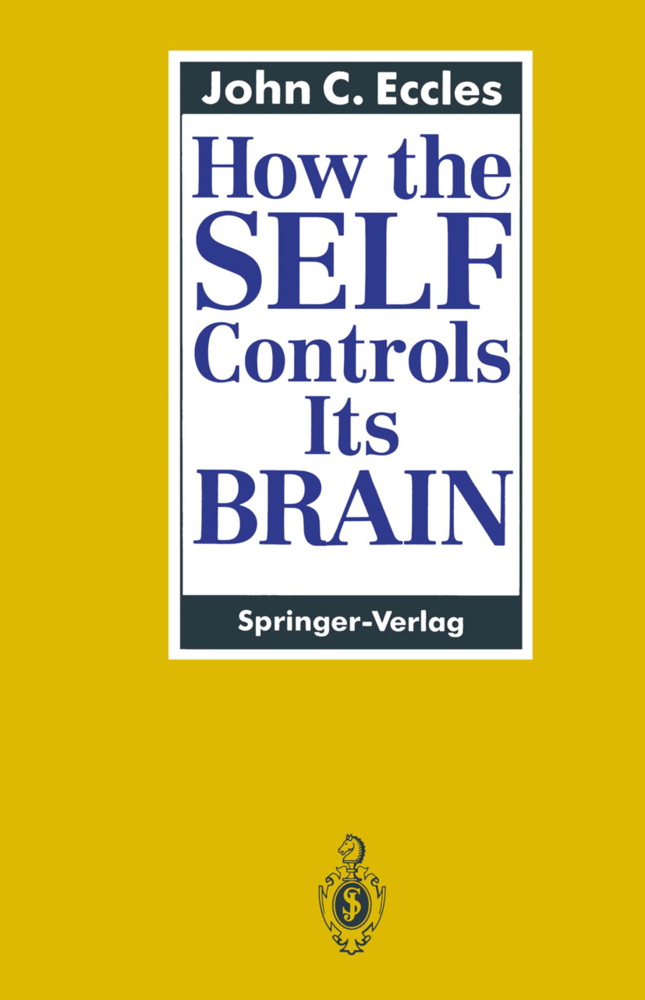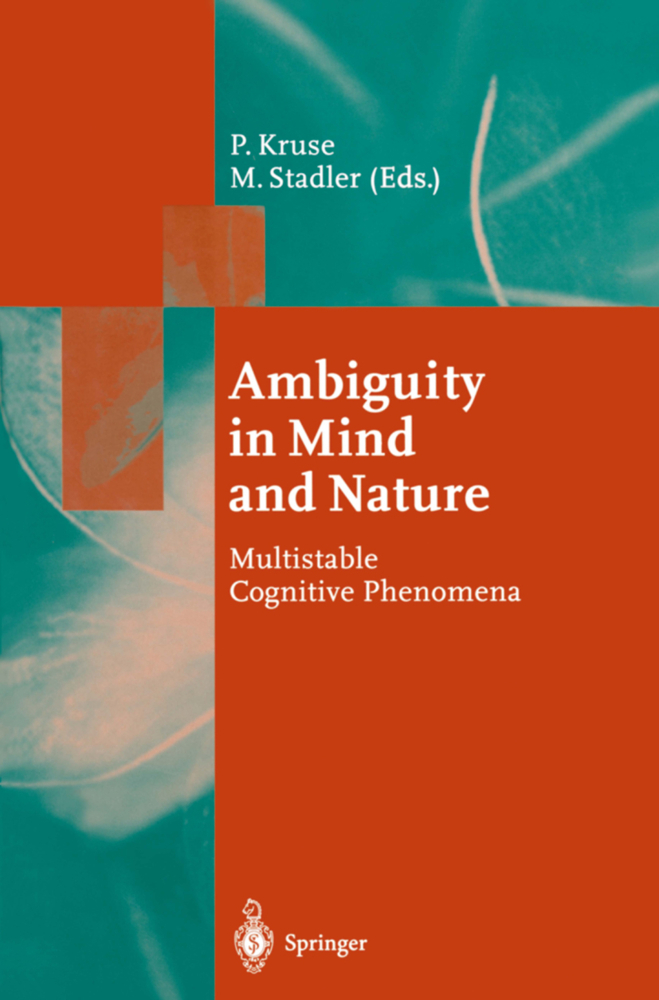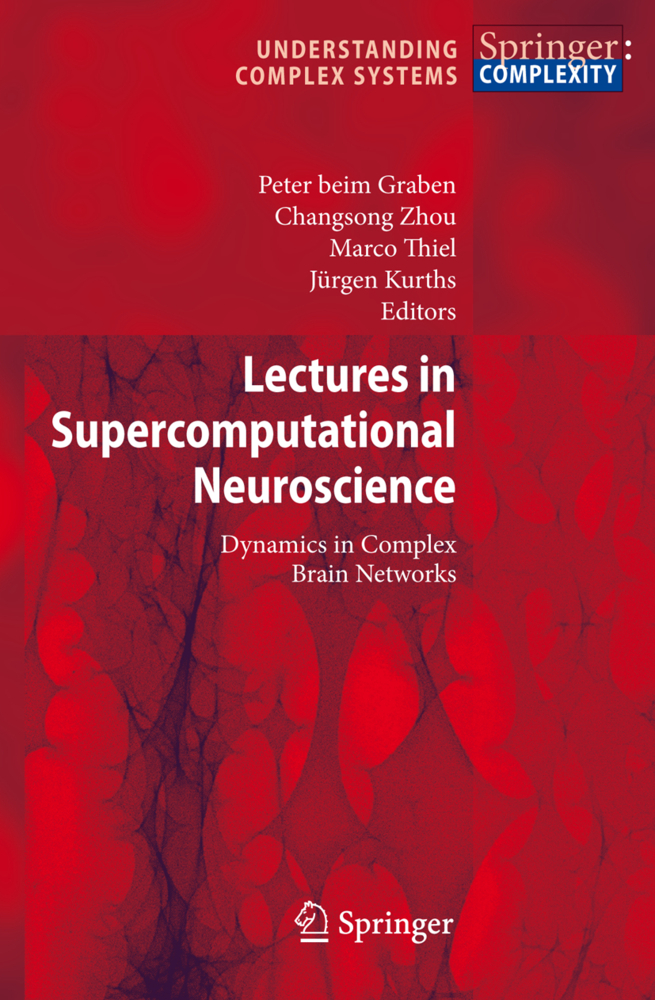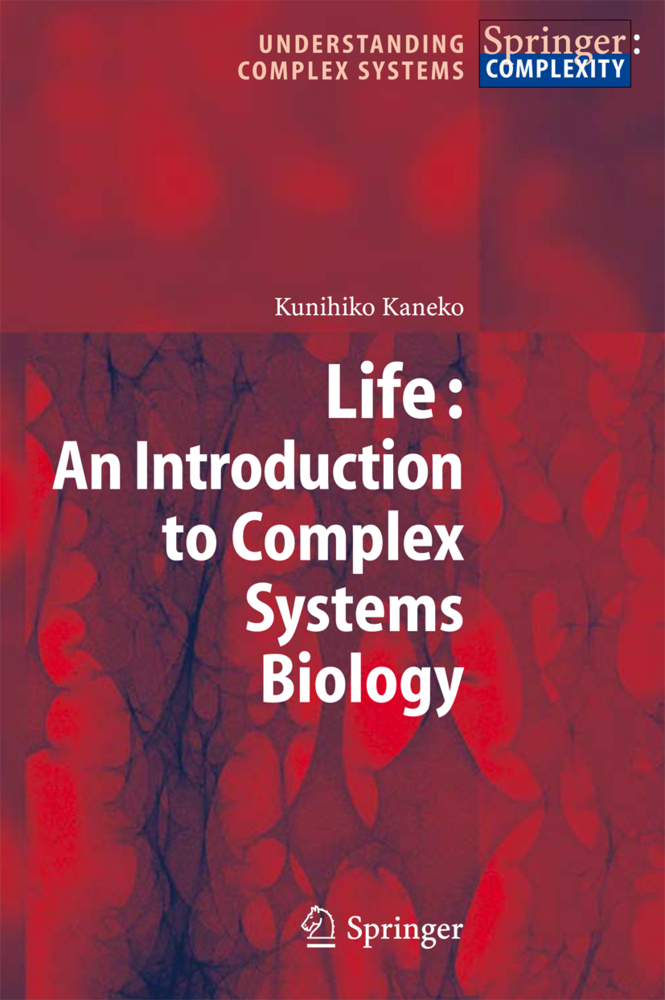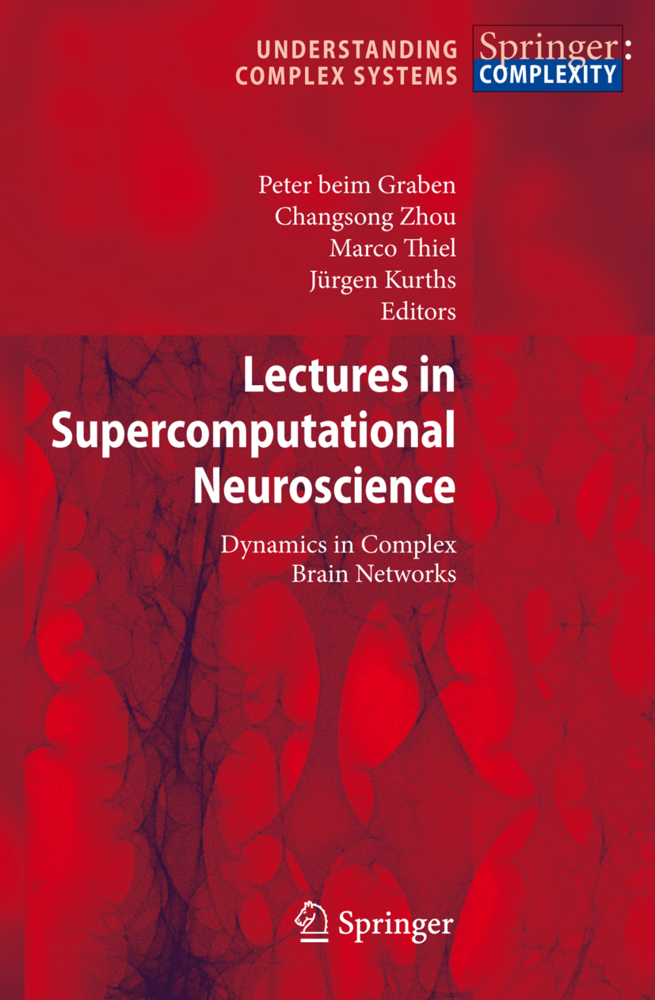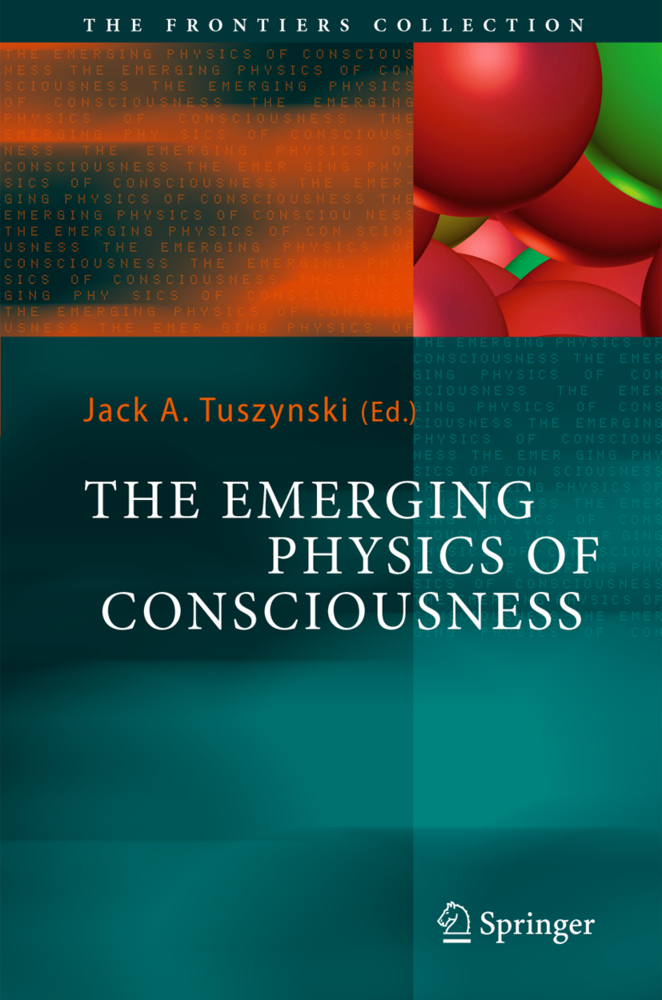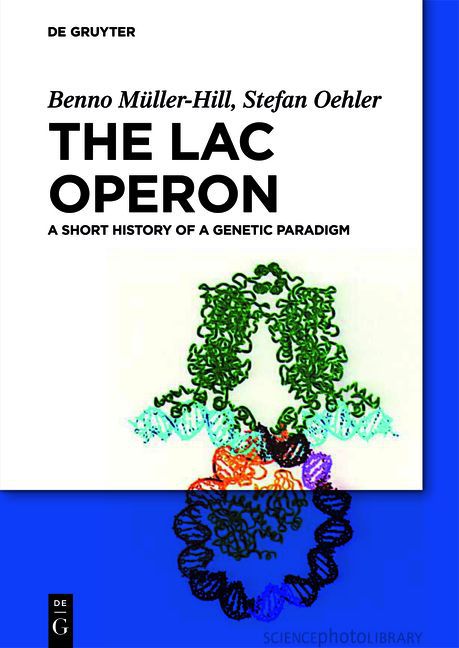Inside Versus Outside
Endo- and Exo-Concepts of Observation and Knowledge in Physics, Philosophy and Cognitive Science
Inside Versus Outside
Endo- and Exo-Concepts of Observation and Knowledge in Physics, Philosophy and Cognitive Science
In our daily lives we conceive of our surroundings as an objectively given reality. The world is perceived through our senses, and ~hese provide us, so we believe, with a faithful image of the world. But occ~ipnally we are forced to realize that our senses deceive us, e. g. , by illusions. For a while it was believed that the sensation of color is directly r~lated to the frequency of light waves, until E. Land (the inventor of the polaroid camera) showed in detailed experiments that our perception of, say, a colored spot depends on the colors of its surrounding. On the other hand, we may experience hallucinations or dreams as real. Quite evidently, the relationship between the "world" and our "brain" is intricate. Another strange problem is the way in which we perceive time or the "Now". Psychophysical experiments tell us that the psychological "Now" is an extended period of time in the sense of physics. The situation was made still more puzzling when, in the nineteen-twenties, Heisenberg and others realized that, by observing processes in the microscopic world of electrons and other elementary particles, we strongly interfere with that world. The outcome of experiments - at least in general - can only be predicted statistically. What is the nature ofthis strange relationship between "object" and "observer"? This is another crucial problem of the inside-outside or endo-exo dichotomy.
Action Principles and Teleology
Internal Time and Temporality
Biological Evolution as a Process Viewed Internally
Internal and External Representations of Mental Processes
What Can We Learn From Internal Observers?
The Image and the Picture of Ecology
2. The Perspective of Theoretical Physics
Endophysics - Descartes Taken Seriously
Endo- and Exo-Theories of Matter
Temporal Bell Inequalities: A Journey to the Limits of "Consistent Histories"
Entropy and Evolution
General Remarks on Complexity
Observing Complexity and the Complexity of Observation
Extrinsic-Intrinsic Concept and Complementarity
3. The Perspective of Cognitive Science
Time - A Hidden Window to Dynamics
Sensory Perceptions and the Endo-Exo Interface: Towards a Physics of Cognitive Processes
Circular Causality and the Human Self-Organized Endo-Exo Interface
Epistemological Considerations of Neural Representations of Languages
Semantic Pressure, Hyper-Systems, and Feelings
Wigner's Friend Revitalized?
The Mental System - A Mathematical/Physical Approach.
1. General Aspects
Objectification as an Endo-Exo TransitionAction Principles and Teleology
Internal Time and Temporality
Biological Evolution as a Process Viewed Internally
Internal and External Representations of Mental Processes
What Can We Learn From Internal Observers?
The Image and the Picture of Ecology
2. The Perspective of Theoretical Physics
Endophysics - Descartes Taken Seriously
Endo- and Exo-Theories of Matter
Temporal Bell Inequalities: A Journey to the Limits of "Consistent Histories"
Entropy and Evolution
General Remarks on Complexity
Observing Complexity and the Complexity of Observation
Extrinsic-Intrinsic Concept and Complementarity
3. The Perspective of Cognitive Science
Time - A Hidden Window to Dynamics
Sensory Perceptions and the Endo-Exo Interface: Towards a Physics of Cognitive Processes
Circular Causality and the Human Self-Organized Endo-Exo Interface
Epistemological Considerations of Neural Representations of Languages
Semantic Pressure, Hyper-Systems, and Feelings
Wigner's Friend Revitalized?
The Mental System - A Mathematical/Physical Approach.
Atmanspacher, Harald
Dalenoort, Gerhard J.
| ISBN | 9783642486494 |
|---|---|
| Artikelnummer | 9783642486494 |
| Medientyp | Buch |
| Auflage | Softcover reprint of the original 1st ed. 1994 |
| Copyrightjahr | 2012 |
| Verlag | Springer, Berlin |
| Umfang | 415 Seiten |
| Abbildungen | XII, 415 p. |
| Sprache | Englisch |


